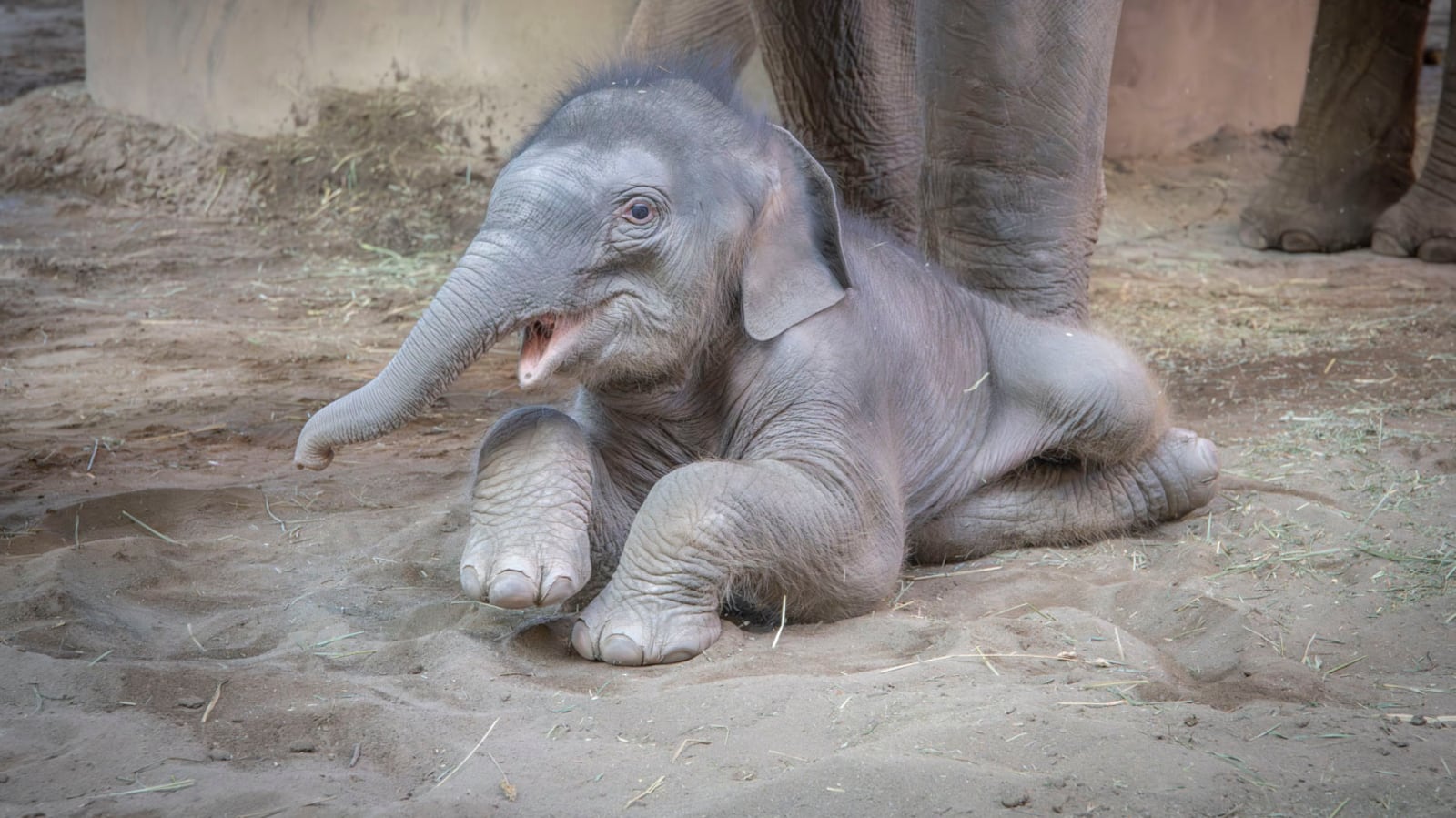Some Questions around Tula-Tu

We’ve been encountering many questions recently due to the arrival of the new elephant calf Tula-Tu. Here’s our attempt to answer them in one place.
Why is FOZE being a downer and not joining the excitement around the new elephant calf?
For a couple of reasons:
- Captivity is not conservation. The calf is going to spend her entire life in captivity with little chance of freedom. She may be sold off to a circus company like her (now deceased) sister Lily was. Or to another zoo, like her brother Samudra is destined to. Or die in this zoo, like many other elephants.
- The zoo has been desperate to breed an elephant since baby elephants bring in a lot of money. The zoo has bred across sub-species (Chendra, a Borneo elephant against Samson, an Asian elephant, which ended up in a miscarriage), between parent and child (father Thonglaw with daughter Me-Tu) and even among siblings (Packy with his sisters Hanako & Me-Tu), all resulting in offspring with short lives. Tula’s sister Lily died before she turned 6.

Elephants should be free. But don’t elephants face many risks in the wild?
At elephant sanctuaries, elephants get all the care they need, but with more freedom. An accredited elephant sanctuary in the US has offered to take any and all female elephants at no cost to the zoo, but the zoo declined. The sanctuary has 850 acres as compared to less than 5 acres at the zoo. And sanctuaries don’t make the elephants perform silly tricks for our amusement like this zoo does.


True conservation would involve making elephants’ natural habitats safe for them, not cage them in puppy mills. Rewilding is an essential step of conservation to provide a protected, natural habitat for wildlife. Caging is not conservation.
The zoo supports elephant conservation in Borneo, doesn’t it?
The zoo spends less than 1% of its budget on all external conservation efforts, and the money spent in Borneo is an even minuscule fraction of that. It’s purely a PR stunt. We have also previously detailed the misuse of these funds ostensibly going to ‘conservation’.
If zoos didn’t have elephants, how will the next generation learn about them?
This question arises due to a common myth. Let’s play a thought exercise: think of the last time you saw elephants at a zoo. Can you recall any facts about elephants that you learned then?
If you’re like most zoo visitors, the honest answer is no. Captive animals rarely exhibit natural behaviors. Elephants have evolved to walk long distances and experience varied terrain and foliage; not being stuck in a tiny sandbox with timed feeders dispensing hay that you see at this zoo. One doesn’t learn anything watching a bored elephant. This is also borne out by academic research.
One learns far more from watching animals in their habitats, in high-definition nature documentaries that are readily accessible or live webcams set up at elephant sanctuaries, as compared to the common sight at this zoo of an elephant waiting next to a feeder.
Elephants are socially complex, intelligent creatures that deserve our respect, not unnatural confinement for our amusement.
Should the zoo be shut down then?
The zoo can still play a useful role in wildlife conservation by rescuing native animals, like California Condors and sea otters. Keeping exotic animals like elephants plays no role in conservation, and acts purely as a moneymaker. Our tax money should play no part in this.

